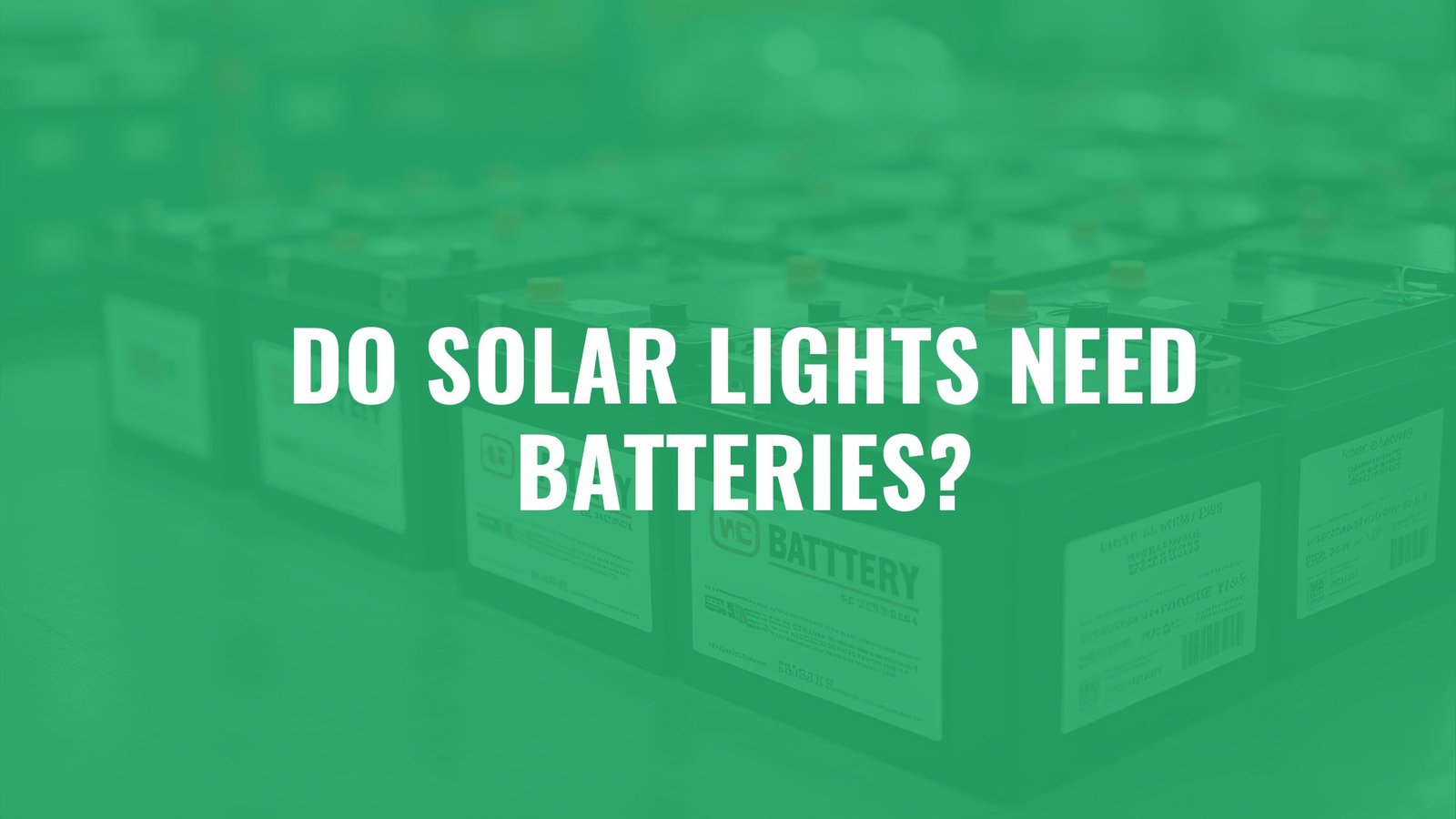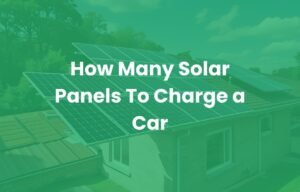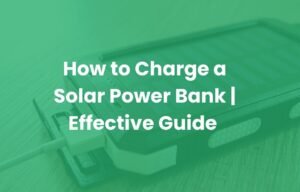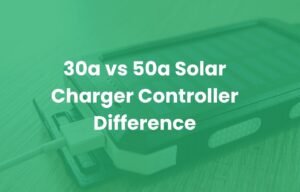Table of Contents
ToggleDo Solar Lights Need Batteries?
Have you ever thought about “Do solar lights need batteries or not ?” Most of the batteries we use include NiMH and Li-ion. These batteries are rechargeable. I think many of us think that they do not need batteries. So, are you one of them? Well, the truth is that they need batteries, but not all of them.
In this article, we will discuss different battery types that need batteries, some that are battery-free, a replacement guide, and tips for longevity.
The Battery Reality (90% of Solar Lights)
Almost 90% of the solar lights have rechargeable batteries. These are most commonly used as they are budget-friendly and save you a lot of money. Here are the details about the different types of batteries, their lifespans and who can use them.
| Battery Type | Average Lifespan | Best For |
| NiMH Battery | 1 to 2 years | Budget Buyers |
| Lithium-ion Battery | 2 to 3+ years | Long-term savings |
| Supercapacitors | 10 to 20+ years | Industrial Users |
Types and Lifespans of Batteries (90% of Models)
- Nickel-Metal Hydride Battery (NiMH)
These batteries provide high power nd consistent power output. The other benefits include cost effectiveness and being eco-friendly. You will find them in a flashlight or in that remote control that you continue to lose on the couch. They will last a year or two before they refuse to take charge.
- Lithium-ion Battery (Li-ion)
The lithium-ion batteries are present i laptops and mobile phones that we use every day. They’re lightweight and very effective. You’ll probably have two or three years before they start acting up, and you’re hunting for a replacement.
Battery Death Signs
Several signs indicate that the battery is dying. The most common are dim light, a drop in runtime, and inconsistent light or flickering. In case of any of these, take the necessary step, and if the issue continues, replace the battery immediately.
- Dim Light:
Dimming is the common sign of battery degradation. If the light dims even after a full day of sun exposure, it indicates an unhealthy battery. Because after a sunny day, a healthy battery shines for at least 6 to 8 hours.
- Drop in Runtime:
The battery dies at midnight even if you just turn it on at dusk. This shows that 70% of the capacity of the battery is lost. Replace the battery immediately if the runtime is less than 4 hours.
- Inconsistent Light or Flickering:
The light may not be getting consistent power from the battery if you see it flickering or turning on and off at random. Using rubbing alcohol to clean the battery terminals is a smart idea.
Battery Lifespans by Climate
Hot Climates (e.g. Arizona)
In hot climates, the Li-ion batteries perform best as they tolerate the hot temperatures. The lifespans decrease from 2 to 3+ years to 1.5 years. Because the battery degrades 2x faster.
Pro Tip:
You can install cooling fins or shades to slow down the degradation.
Cold Climates (e.g. Canada)
Li-ion batteries can lose about 15% of their capacity in cold climates, while NiMH batteries just won’t work if the temperature dips below 32°F.
Pro Tip:
Use winter storage and lithium batteries.
4-Step Battery Replacement Guide
Open the Battery Compartment:
Most of the solar lights have a small panel or twist-off base. Locate them by checking the back or bottom.
For Twist-off: Firmly grip and rotate in the counterclockwise direction.
For Sealed Units: To gently pry open, use a flathead screwdriver.
Pro Tip:
To remember how parts fit together, take a photo before disassembling.
Check Battery Specifications
Look for voltage and size on the labels.
Voltage: NiMH voltage is 1.2 V, while Li-ion voltage is 3.7 V.
Size: There are different sizes, including AA, AAA, and custom shapes. If you are unsure, measure the size.
Mistake to Avoid:
Don’t buy the alkaline batteries with 1.5 V because they are not rechargeable.
Example:
A 1.2V AA battery is used for most of the budget solar lights.
Buy Replacements:
Best Options:
NiMH: Panasonic Eneloop ($10 for a 4-pack) is a dependable product with a 1- to 2-year lifespan.
Li-ion: EBL 18650 ($20 for a 2-pack) – Extended life (2 to three years or more).
- Install Correctly:
Polarity Matters:
Installing batteries incorrectly can cause damage. Ensure proper installation and that the battery and compartments’ +/- symbols line up.
If the installation is done incorrectly, light damage may result.
Final Checks:
- Remove the corrosion by cleaning the terminal using rubbing alcohol
- Tightly close the compartments to prevent water damage
3 Unavoidable Maintenance Rules
Clean panels weekly
The regular cleaning of the panel is essential. This helps to maintain the good charging capacity. The more dirt, means less charging. This also reduces the charging by 50%.
That’s why regular cleaning every week is essential. Morning dew can cover dirt, so remove the dirt from panels at noon when they are not wet.
Store below freezing
Cold temperature can cause cracks in panels and drain the battery. There are two things you can do to avoid this. You can place them indoors or wrap them outdoors with the bubble wrap.
Li-ion batteries can handle the temperature, but suffer; NiMH loses its capacity by 20% at absolute temperature. Some models can tolerate cold, such as Ring Solar Pathlights.
Replace preemptively
Batteries degrade with time, even with proper maintenance. Replace them on time to avoid the risk. Because if you wait until the risk, it could damage the light.
Replace the NiMH battery every 12 to 18 months and the Li-ion battery every 2 to 3 years. Buy batteries in bulk to save some money.
Conclusion
So, the simple answer to the question “Do solar lights need batteries or not?” is that they need batteries, but not all of them. Proper maintenance is required for solar lights. But this saves you from a lot of danger with just 5 minutes of cleaning. Check the signs today and replace them with the help of our guide.





